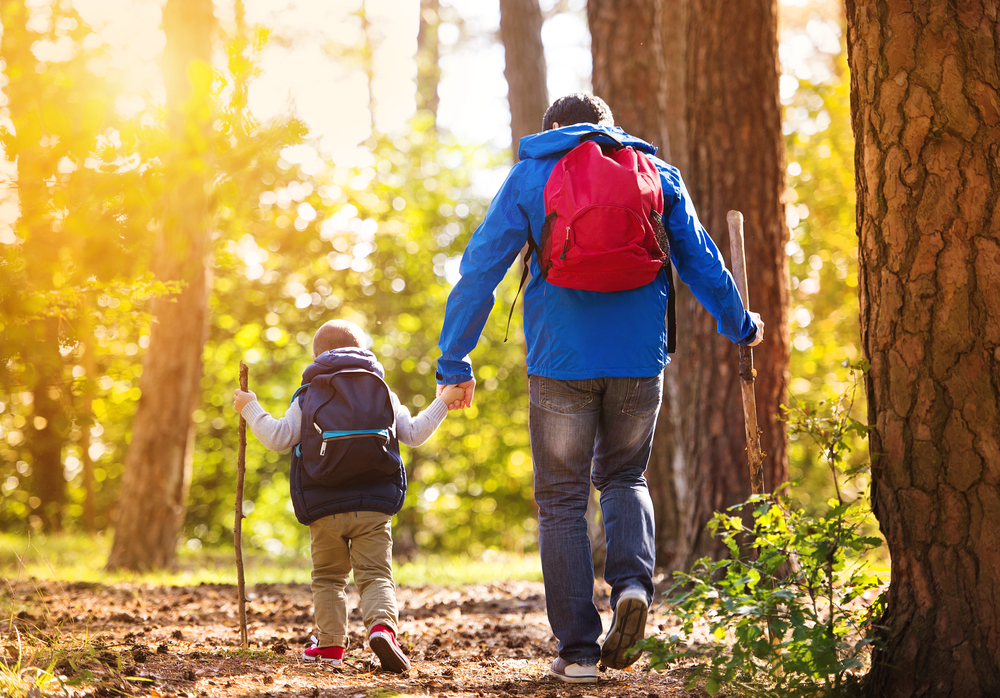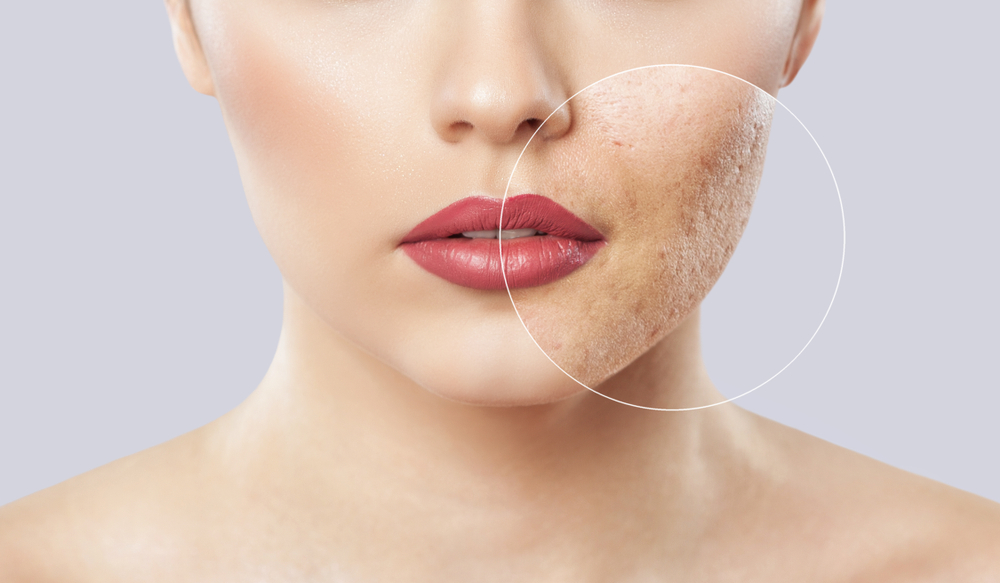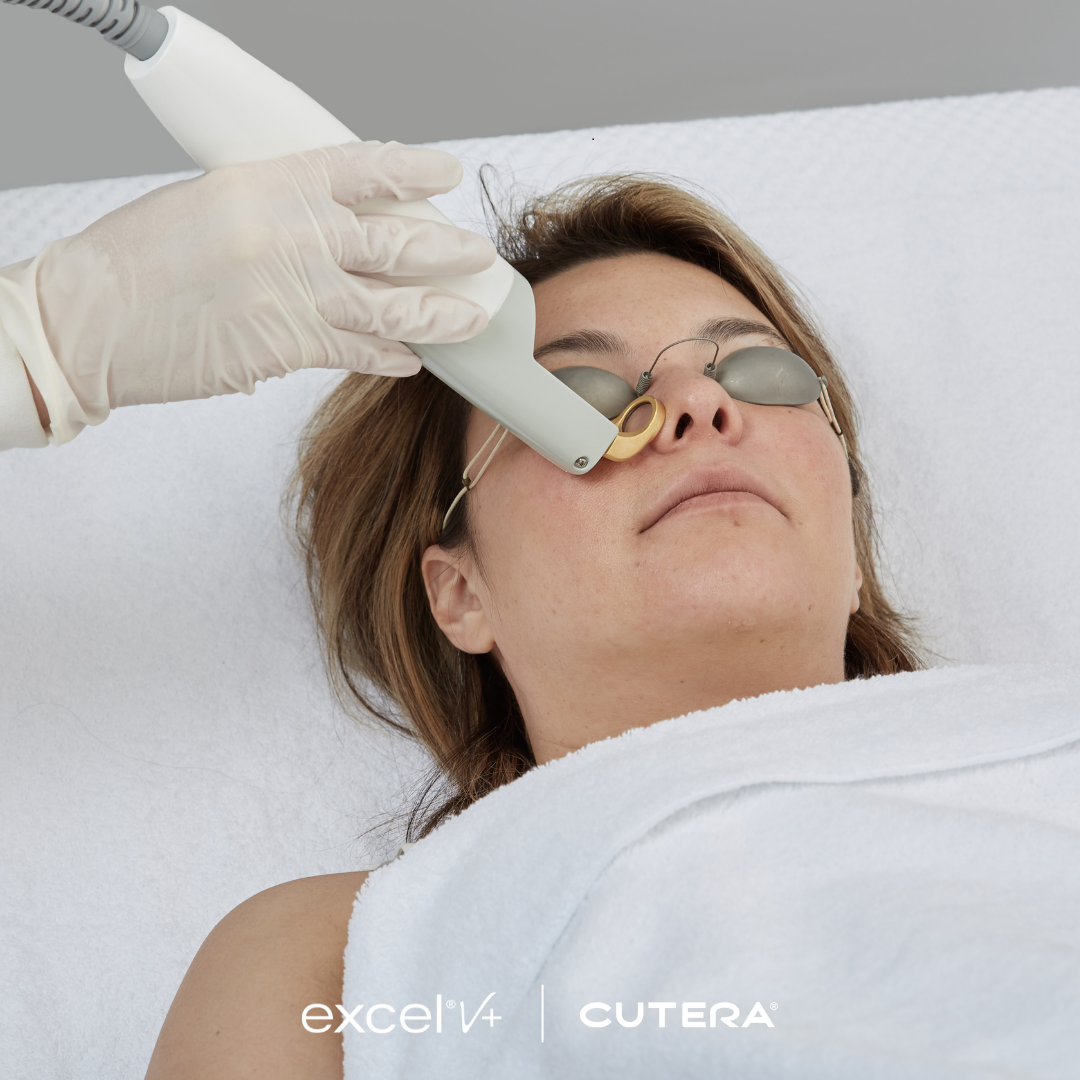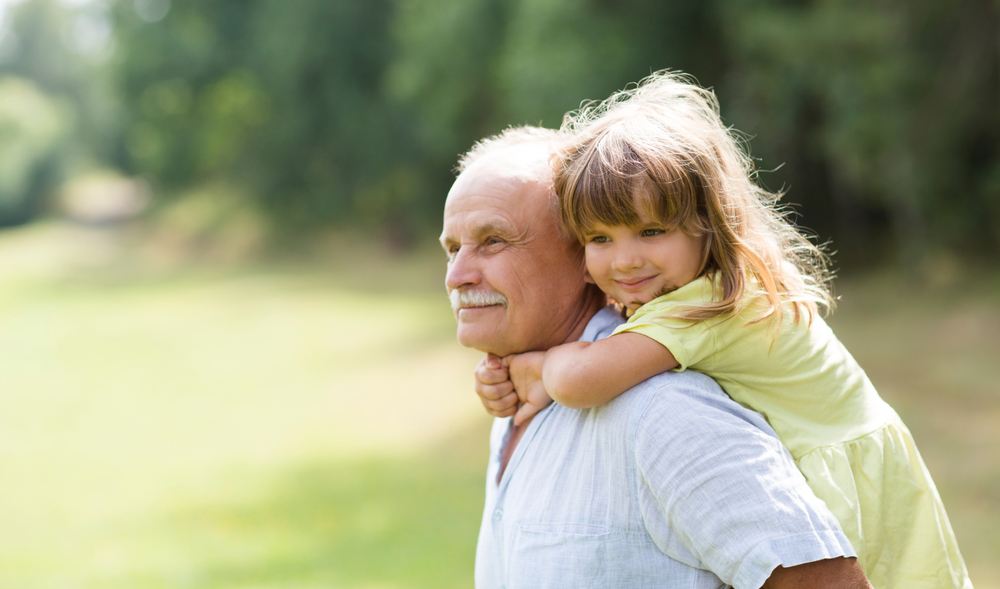In this blog, Radiant Primary Care in Victorville explores the health benefits of hiking for Great Outdoors Month.
The Physical Benefits Of Hiking
- Hiking is an outstanding form of exercise as it strengthens many muscles in the body, such as the arms and back. Going uphill works the glutes, quads, hamstrings, and calves, while going downhill uses the ankles, hips, and core. Additionally, using trekking poles or carrying a moderate to heavy pack while hiking helps to further engage these muscle groups.
- When you go on a hike, you’re likely to cross paths with hills, dirt, mud, rocks, and tree roots that make the terrain uneven. As you walk, your core and leg muscles are hard at work to keep you balanced and stable. As these muscles get stronger, you’ll find your balance and stability also increases. Hiking also aids in improving your proprioception, which is how your brain perceives your body’s position and movements in relation to its environment. With practice, your brain will be better able to judge obstacles and, as a result, your balance will be improved.
- Hiking is an excellent way of strengthening your cardiovascular health. Even a short hike can raise your heart rate to an average level, which helps build up your stamina and aerobic fitness. As you continue to hike more frequently, your body will become used to the increased fitness level, meaning you can go for longer, faster, and harder without feeling as worn out or out of breath.
- Frequent and moderate hiking has been observed to have a positive effect on other indicators related to cardiovascular health and benefits one’s blood pressure, blood sugar, and cholesterol levels. Studies have found that regular and moderate hikes can assist in lowering hypertension, improving glucose tolerance, and decreasing levels of ‘bad’ cholesterol.
Hiking Can Help With Arthritis And Osteoporosis
- For those struggling with arthritis, especially in their hips and knees, exercising can be difficult. However, hiking is a great way to get your heart rate up without putting too much strain on your joints. Unlike running, walking only exerts three times your body weight, meaning you can still get your heart rate up without the high impact. Studies have shown that exercising can reduce pain and morning stiffness in those with arthritis.
- As we age, our bones naturally start to become less dense, increasing the risk of osteoporosis. Research shows that after the age of 40, our bones lose about 1% of their density each year. Bone density is the amount of mineral matter in our bones. In order to prevent fractures and reduce the chances of osteoporosis, it is essential to maintain high bone density. Activities such as hiking, which involve weight-bearing and are considered high-impact, are beneficial for increasing bone density and fortifying the bone tissue.
Hiking Offers Mental And Emotional Benefits, Too
- The beauty of nature can be a great mood booster. The calming green hue helps to balance the activity of the parasympathetic and sympathetic nervous systems, creating a soothing atmosphere. Moving around in nature also triggers the release of endorphins, hormones that reduce pain and increase pleasure while also increasing sensitivity to serotonin and norepinephrine, which can help alleviate depression. Seeing the clear blue sky, flowers in full bloom, and squirrels playing in the trees can bring a smile to your face and provide a calming feeling to your soul.
- If you’re having trouble getting a good night’s rest, going on a hike might be a good idea. Being out in the sun will help regulate your sleep-wake cycle, since Vitamin D exposure is important for that. Additionally, exercising outdoors will raise your body temperature, and when it goes back to normal, it’ll help you drift off to sleep. Keep in mind that exercise will only improve your fitness if you allow your body to recover properly by getting enough sleep. Sleep is a key factor in this process and helps your body adjust to the changes exercise brings.
- Going for a hike can be beneficial for your brain. Studies have shown that increased blood flow to your brain, brought on by exercise, can help strengthen the connections between neurons in areas associated with memory and cognitive function. Additionally, it has been found that older adults who exercised in short bursts experienced an improvement in their memory when compared to those who did not. With our hectic work schedules, it can be hard to make time for a hike. However, science has proven that even short bursts of outdoor exercise can improve concentration and the ability to process information, making our time at the computer more productive.
How To Stay Safe On Your Hike
- Wear comfortable socks and protective shoes. The right socks will wick away moisture. For the spring and summer, choose cotton, while wool socks may be a better choice for the fall and winter. Some hikers choose to add moisture-absorbing foot powders, or use aerosol deodorant or antiperspirant on their feet to make their hike more comfortable.
- Don’t forget to stay hydrated, whether it is hot or cold outdoors.
- Dress in layers. You heat up as your heart rate increases during your hike, so layers that are easy to remove are convenient. Accessories such as beanies and gloves are easy to take on and off as well.
- Use the buddy system and stay on trails. Hiking is a great social activity if you explore a trail with friends or family members. While it is smart to charge your phone, it is also best to tell someone back at the campsite or at home when you plan on returning so they can be aware.







